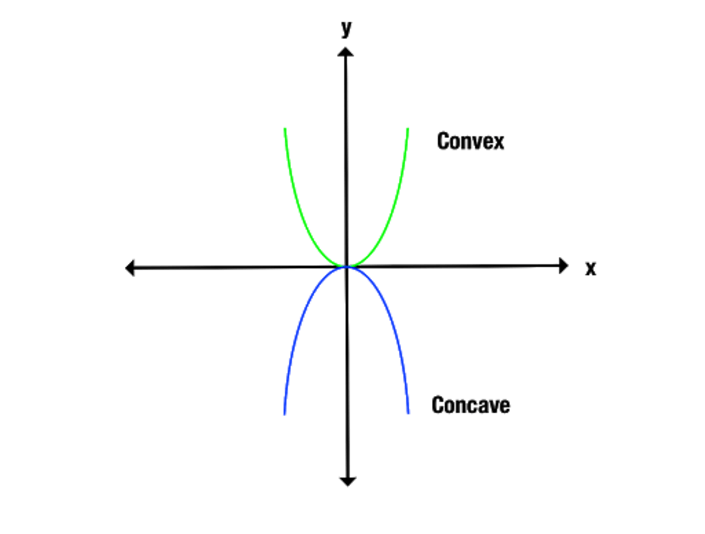Concave mirrors are fascinating optical devices that possess unique properties due to their curved surface. One of the essential characteristics of a concave mirror is its focal length, which plays a crucial role in determining the behavior of light rays. In this article, we will explore the concept of focal length, its significance in concave mirrors, and the difference between concave and convex mirror.
What is a Concave Mirror?
A concave mirror is a curved reflective surface with an inward-curved shape, resembling the inner surface of a hollow sphere. Its reflective property allows it to focus light rays that strike its surface. When parallel rays of light hit a concave mirror, they converge at a specific point called the focal point (F). The focal length (f) of a concave mirror is the distance between the mirror’s surface and the focal point.
Understanding the Focal Length:
The focal length is a fundamental characteristic of a concave mirror and is denoted by the symbol ‘f.’ It determines the mirror’s ability to focus light rays and has a significant impact on image formation. The focal length of a concave mirror can be positive or negative, depending on its position concerning the mirror surface.
- Positive Focal Length: When the object is placed beyond the focal point, on the principal axis (the imaginary line passing through the center of curvature and the focal point), the image formed by the concave mirror is real, inverted, and diminished. The focal length is positive in this scenario.
- Negative Focal Length: The image generated is virtual, upright, and magnified when the object is placed between the focal point and the mirror’s surface.In this case, the focal length is negative.
Determining the Focal Length of a Concave Mirror:
The focal length of a concave mirror can be determined through several methods, with the most common ones being the “Mirror Equation” and the “Focal Length Method”.
- Mirror Equation: The mirror equation is given by the formula:
1/f = 1/v + 1/u, where:- ‘f’ is the focal length of the concave mirror.
- ‘v’ is the image distance from the mirror.
- ‘u’ is the object’s distance from the mirror.
- Focal Length Method: The focal length of a concave mirror can also be determined by obtaining the real image of a distant object. By placing the object at a significant distance from the mirror (beyond the focal point), a sharp image is formed on a screen.
Difference between Concave and Convex Mirror:
To understand the focal length of a concave mirror better, it is essential to distinguish it from a convex mirror, which has an outward-curved reflective surface.
- Surface Curvature: The primary difference between concave mirror and convex mirror lies in their surface curvature.
- Focal Point and Image Formation: In a concave mirror, parallel rays of light converge at a focal point, and image formation varies based on the object’s position relative to the focal point. Conversely, a convex mirror causes parallel rays of light to diverge, creating a virtual, upright, and diminished image.
- Focal Length: As mentioned earlier, the focal length of a concave mirror can be positive or negative, depending on the position of the object. In contrast, the focal length of a convex mirror is always positive, as the focal point is situated behind the mirror surface.
- Magnification: Concave mirrors have varying magnifications depending on the object’s position. They can produce both magnified and diminished images. On the other hand, convex mirrors always create diminished images.
- Uses: Concave mirrors find applications in various fields, including telescopes, shaving mirrors, and satellite dishes. They are used when magnification and real image formation are required. Conversely, convex mirrors are commonly used as rear-view mirrors in vehicles, providing a wide field of view with diminished images.
Conclusion:
The focal length of a concave mirror is a vital property that determines its ability to focus light rays and create images. Understanding this characteristic allows us to predict the behavior of light rays and utilize concave mirrors in various optical applications. By comparing concave mirrors with their convex counterparts, we can appreciate the distinct properties and uses of these two types of curved mirrors. So, next time you look into a concave mirror, remember the fascinating science behind its unique reflective capabilities.

